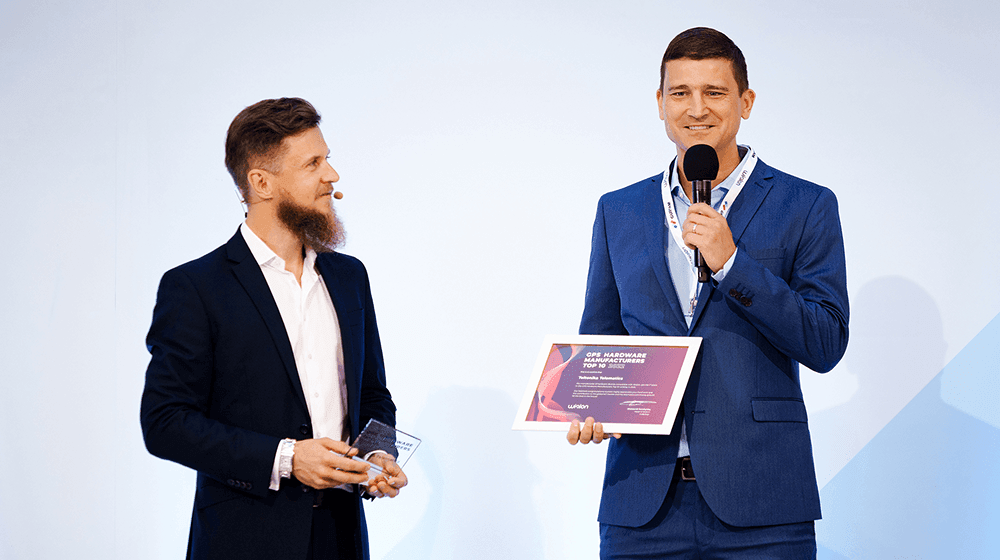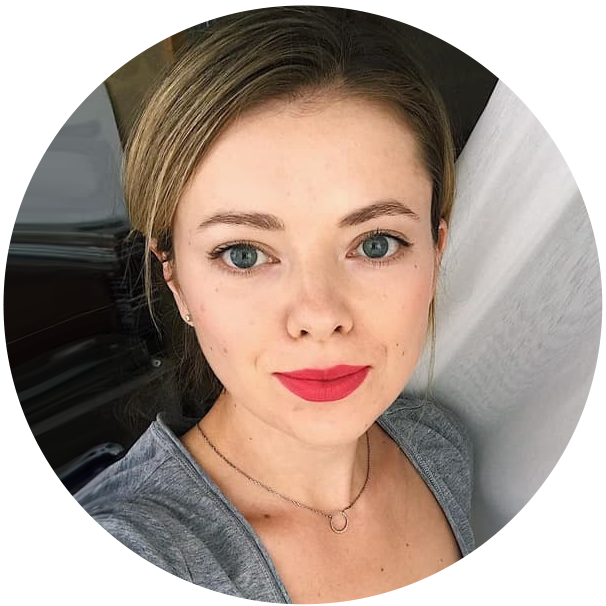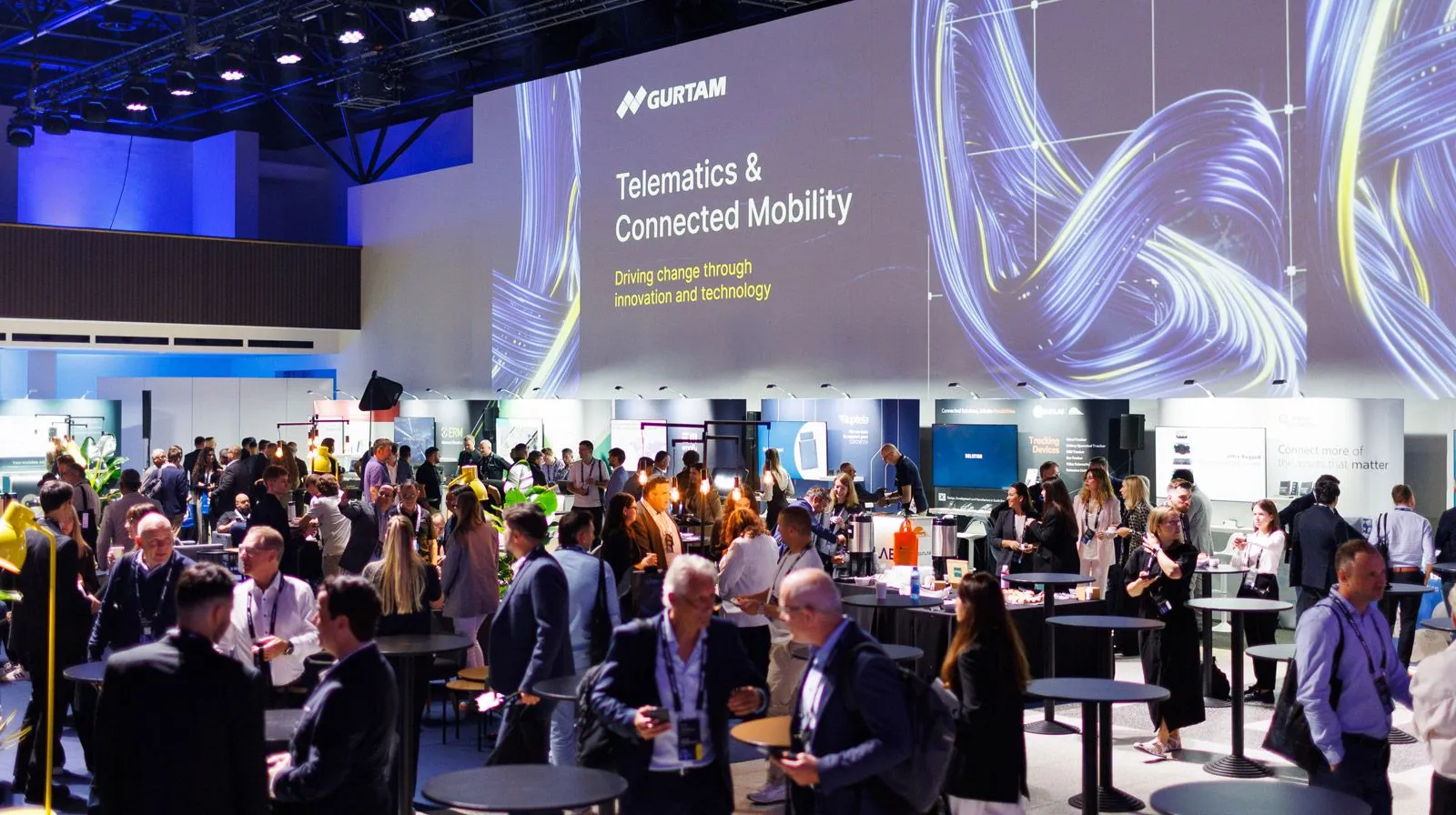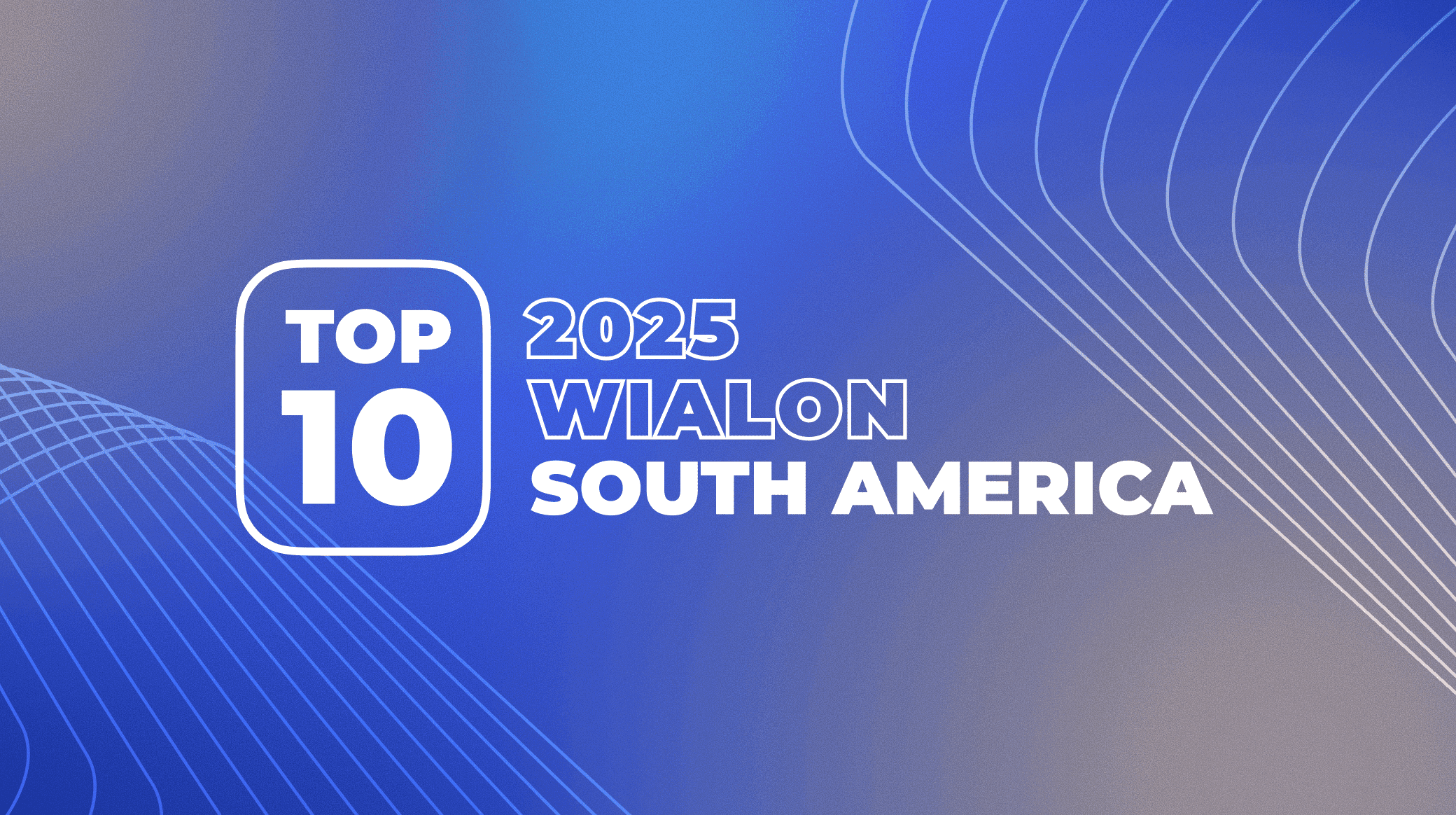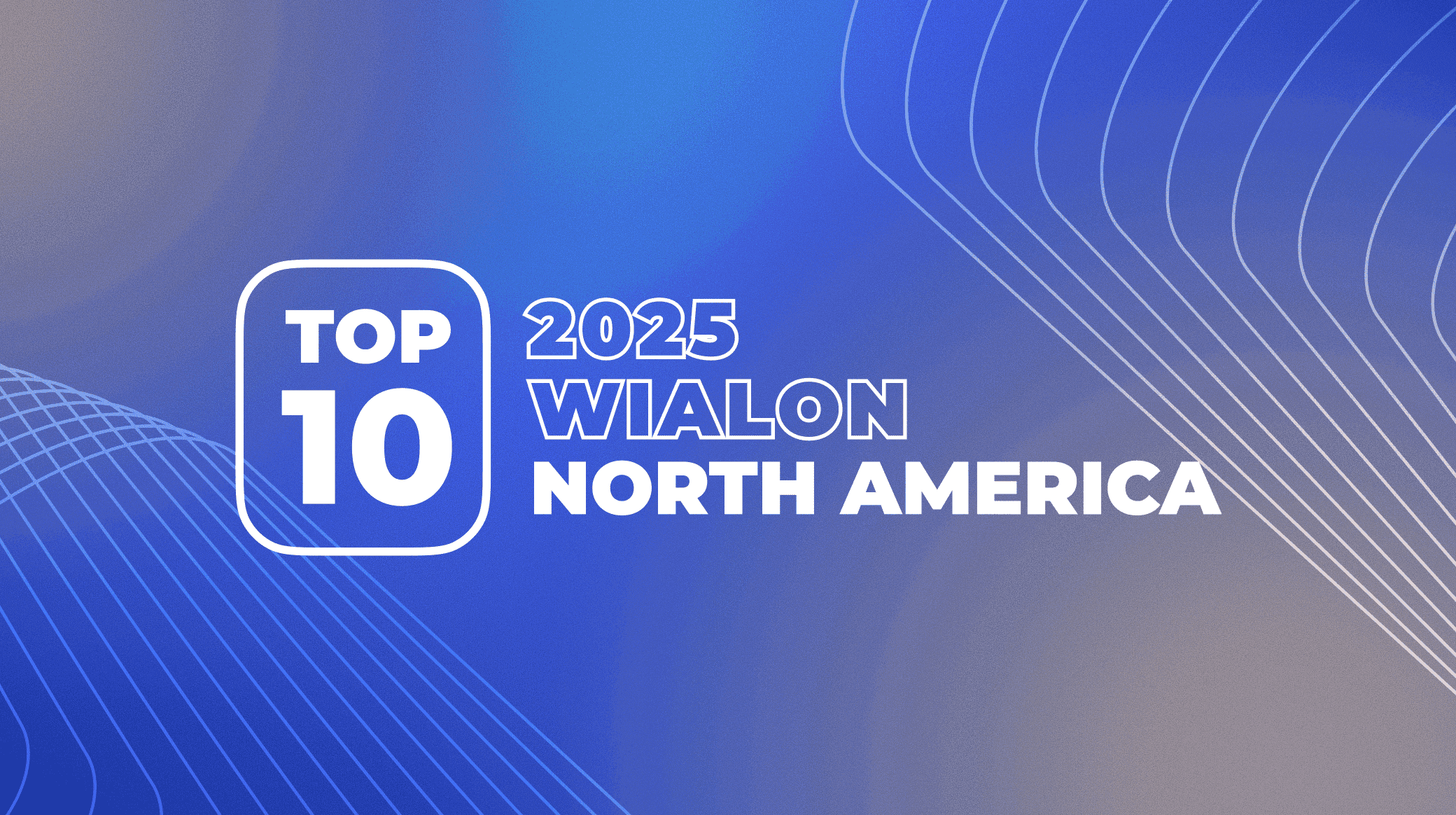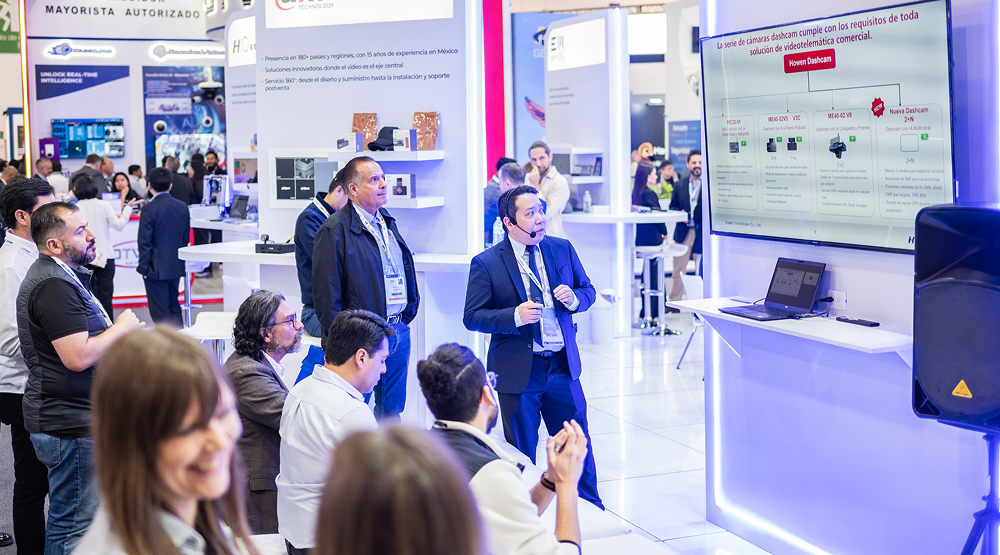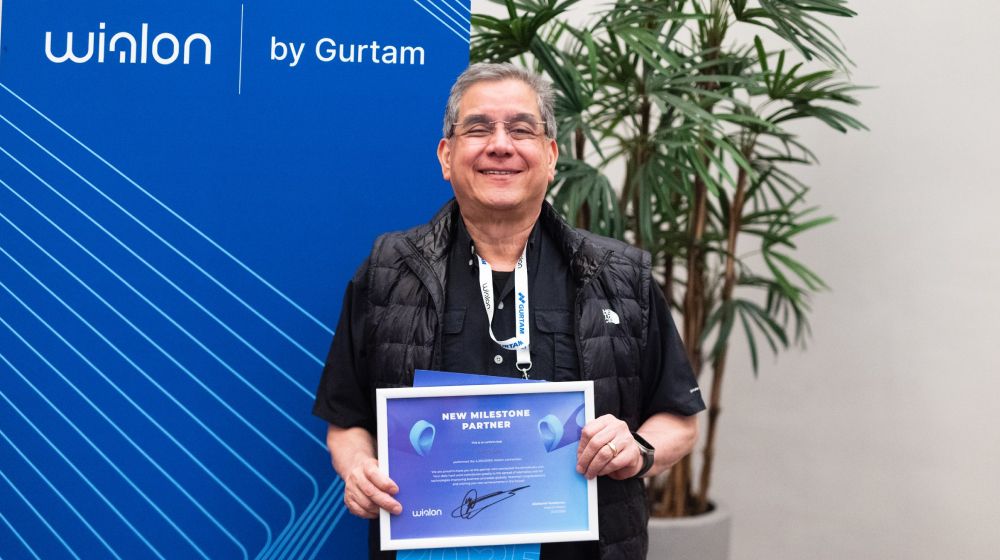Teltonika, which turns 25 next year, is a global leader among GPS hardware manufacturers. It was confirmed once again by them being #1 hardware manufacturer for 2022 in terms of the number of devices connected to Wialon. We spoke to the CEO of Teltonika Telematics, the owner of the ‘CEO of the Year 2022’ award Antanas Šegžda about the past, the future, and Teltonika recipe for success.
Antanas Šegžda
CEO at Teltonika Telematics
‘We are not a new religion like Google or Apple. We can’t make the customers believe in what we do. We just listen to their needs and embody them.’
Making the GPS Hardware Manufacturers Top 10 ranking was one of 2022’s high points for Wialon. This year, Teltonika Telematics heads the list of hardware manufacturers Wialon works with. In a period of uncertainty, with supply chains under pressure from the effects of the pandemic, how has Teltonika won out — and where is the company headed next? We caught up with Antanas Šegžda, CEO of Teltonika Telematics, to know more about the company's achievements and plans for the next year.
Did you foresee that Teltonika Telematics would be ranked #1 among the 690 GPS hardware manufacturers Wialon works with? What does it mean to you and the company?
We expected to be number one, because we had a great year and amazing results in 2021. The award confirms what we knew: telematics service providers trust our product portfolio. But it’s good to have the award too! It helps show that we’re market leaders and confirms our choice of vehicle telematics business development strategy.
Antanas Šegžda after receiving the GPS Hardware Manufacturers Top 10 award
Five years ago, we decided to stop developing AVL software, and focus solely on hardware development. Since then, we’ve achieved remarkable growth and built a product range that lets us meet customer needs and provide partners with opportunities for business growth.
Which of 2022’s achievements are you particularly proud of?
We are particularly proud of our best-selling device, the FMB920. It hit a milestone: 3 million units sold. We also launched its 4G LTE versions, FMC920 and FMM920.
Our team developed and launched the first Teltonika Bluetooth accessories: EYE Beacon and a multi-functional EYE Sensor.
On top of that, we also have introduced several 4G LTE products that allow our customers to switch effortlessly from 2G to LTE technology, such as FMC003 and FMM003 in the OBD category; FMC920 and FMM920 in the Basic category; and IP67-rated FMC225, FMC230, and FMM230 in the Advanced category.
What do you see as the drivers behind these successes?
The first reason is a culture of mutual trust and respect, which we foster throughout the Teltonika organization. This allows us to be proactive and initiate change at short notice, as well as to implement solutions quickly and effectively. On the more technical side, we have a very strong R&D team, working alongside the Technical Support and Sales teams, with the same goal of meeting customer needs. And of course, we help our customers worldwide: sales, support, marketing, training — whatever it takes to help our business partners compete and succeed.
This award comes after a hard year for everyone in 2020, amid a semiconductor shortage. How is the chip crisis affecting Teltonika, and what are you doing to cope with those effects?
The chip crisis affected many things — for example, accelerometers, main processors, and other components. Many of them are manufactured at the same total cost and marginal cost, so the financials are the same wherever they’re actually manufactured. If all those plants can’t produce enough of those components, you have a shortage. Then products (accelerometers, capacitors, resistors) have to be redesigned, with substitute components. Some components were easy to find acceptable substitutes for, but many components were problematic, and we had to redesign products in order to maintain production.
What did Teltonika do to overcome these problems?
In the fall of 2020, we understood we had problems with supply. We had just made the painful decision to allocate about 80% of our R&D resources to manage this issue. There was an extensive list of components we had to take care of. Not five or ten, it was much more. And it did not come out at once. But step by step, we resolved more and more issues.
We were fast enough to redesign our products. In terms of manufacturing, we had multiple alternates for every component. We could manage to source them. I believe we managed, if not the best, then one of the best, and that’s why we doubled our sales last year. Our growth last year was 100%.
The side effect is that we pretty much lost the year in terms of development. We didn’t develop a lot of new stuff last year that we’d planned. I wish we could do it, but resources are limited. We did well financially, but I wish we could do more in terms of research and development. Now we are trying to catch up.
We’ve heard that you are planning to manufacture your own semiconductors. Is that right?
Yes, but it’s a long-term plan. It will take tremendous investments and there are many stages. Before we start manufacturing semiconductors, we need to design them. The process takes roughly five years: that’s our target. In ten years, we should be in a position to start production. It won’t be a fresh-new technology. We might build a production facility for reasonable money here in Lithuania and design and produce our semiconductors for us and our partners and customers.
Our production facility does assembly for other companies. But the main focus is to produce devices for us. At the same time, we could use some spare capacity as an additional source of income.
There are some components we do not expect or intend to produce, and some we can’t produce. But some technologies or materials could speed up the process. We’re trying to produce as much as possible of what we need for ourselves. For example, plastic is very important for our production process. If you ship plastic from China, it takes time, it’s logistically complex. Just to speed up the process, it makes sense to produce the plastic ourselves.
It’s a similar story with printed circuit boards. Everyone produces PCBs in China, including all our competitors. But it’s transportation plus production, and you have to plan five months ahead. And you can’t change anything in those five months. It’s not flexible. But if you have production here, it’s more like three weeks to change something. No need to overstock, no need to order many PCBs.
One strategy is to think about the customer and how to satisfy their needs. And there is another thing concerning internal changes — how we can improve, what we can do better, how to create bigger value here, and how to speed up the process.
We’re trying to produce as much as possible of what we need for ourselves.
It looks like Lithuania is becoming an increasingly important center for IoT. Why is this happening?
I think the most important factor was the vision of Arvydas Paukštys, the owner and founder of Teltonika. He believed in the Internet of Things. In the beginning, it was machine to machine, connecting machines. He started in 2002. From fixed lines to phones, he recognized that GSM is a new stuff. So we were quite early adopters of GSM technology and telemetry. Adding GPS was not the first thing we did. Controlling units, T-box, telemetry, that’s where we started.
We started to work with Nokia, and it was a successful partnership. But then they shut down departments because this business was about too many issues, too many problems, few customers, small revenue, and too much effort to match costs. Later, they realized that IoT was a great opportunity, but they already had a big gap by then. Maybe they could have been a leader in IoT. So, they helped us to start. This very start was probably among the key factors.
Antanas Šegžda giving an interview to the Wialon team
Arvydas Paukštys was then and is now a very innovative businessman. He believed in his idea, went forward, and did not waste time. As a result, the company was growing fast, and we were investing our profits. We had tough times, but we solved all the issues, and we are where we are now. We never gave up and kept doing what we did.
I believe that another main factor is that we started quite early, and focused on making hardware. We focused on exporting everywhere we could export, traveling everywhere we could travel, and talking to any customer we could talk to. We didn’t choose small or big ones, we tried to satisfy any customer demands. It was a hell of a job, but it got us to where we are. It would be very difficult to repeat the same path.
We had tough times, but we solved all the issues, and we are where we are now.
So, the success probably was about good timing. Plus, dedication, and a strong belief in what we do. We didn’t stop no matter what issues we faced, and we always focused on the customers’ needs. There were ups and downs, for sure. We are not a new religion like Google or Apple. We can’t make the customers believe in what we do. We just listen to their needs and embody them.
What are your product plans for the next year?
We have many telematics product groups, such as BASIC and ADVANCED vehicle trackers, easy-to-install Fast & Easy ones, OBD and CAN data, Professional devices, BLE sensors, video telematics solutions, as well as E-mobility and Autonomous tracker models (Asset & Personal trackers).
Each product group is managed by a dedicated team with its own plan and road map. We will have new products in each product group, and, certainly, we will share any new developments with our business partners.
Antanas Šegžda talking with a journalist during the Telematics Vilnius 2022
Are you looking to go to new markets?
We have new business units. Teltonika Networks is a huge business unit for us. We develop routers that are used in many applications: post terminals, ATMs, LED displays, advertisement — any smart device you want to be connected to the internet 24/7, our routers are there for connectivity. So, Networks is a big department, it’s catching up and is already as big as Teltonika Telematics.
The new business unit is Teltonika Energy. The first product here is TeltoCharge — a charger for e-vehicles. We have a plan to develop more smart products for the energy segment with IoT/connectivity, but first we need to start from something and we believe EV charger is a perfect choice since demand is growing very fast.
We hire people, we train them, and we go with a new product to new customers.
These business units are related to telematics, and we can deal with the same customers if they want to start doing this business. But in many cases, those are completely different customers. So we need to find new business partners. But because we have offices all over the world, we have all the structure, all the systems, and we know how to do this business, so it’s easier for us. We don’t need to start from zero. We hire people, we train them, and we go with a new product to new customers. We believe we could be successful in many different IoT segments.
Nevertheless, we don’t want to start ten new business units at once because you could waste too much energy and may have none of the units successful. For now, the main product is e-vehicle charging. It’s a boom. We see the acceleration of e-vehicle development in different countries. The number of e-vehicles is growing, and they all need to be charged. So, there will be a lot of charging stations installed. We start with slow chargers, and then proceed with high-speed chargers for charging stations. Now they are mostly used at home and in offices.
Focus on essentials, trust the plan and don’t quit
Teltonika has faced the same difficulties with supply chains and the changing global marketplace as other organizations. What differentiators put them on a path to success? Antanas Šegžda is quite clear that the key drivers are a focus on internal communication and a commitment to delivery. Rather than try to build a visionary company or a brand based on perception, Teltonika steadily built a customer base and a reputation: irreplaceable, unfakeable assets in the business world.
Antanas’ frame of reference is always the customer, something we’d agree with completely. And this solidity doesn’t come at the price of a lack of vision or risk-tolerance. In fact, without a commitment to a future no one had yet seen, Teltonika could never have played the part it has in constructing that future. We’re looking forward to building it with them.
